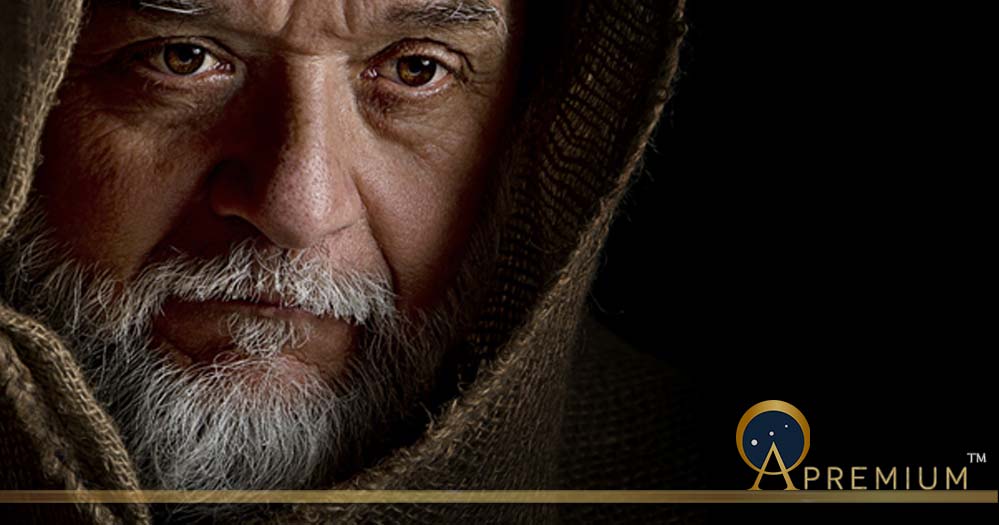Santa Claus – A Siberian Shaman on a Magic Mushroom Trip?
The idea that there is a direct link between our modern representation of Santa Claus and historic shamanic practice in Siberia is not new. It seems to have been first suggested by the historian of religion, Mircea Eliade in the 1950s, in his compendious work on global shamanism. He did not develop the idea, but in the last three decades the hypothesis has gained traction as a feasible explanation for some of the magical attributes of Santa. Santa Claus is, after all, a very incongruous figure to be associated with Christmas, and we perhaps need to look a little deeper into his origins in order to understand where the story and imagery came from and what it might mean.

Nikolaus von Myra (Vassil / Public Domain)
The Conventional Genesis of the Santa Claus Tradition
The name Santa Claus is derived from the Dutch term for St Nicholas: Sinterklaas. The hagiography of St Nicholas is based on the life of a bishop of Myra, in modern day Turkey, who lived circa 270 to 343 AD. The saint had a reputation for giving secret gifts, giving rise to the emulation of this practice in medieval Europe on his feast day of 19 December according to the Julian Calendar (moved to 6 December with the adoption of the Gregorian Calendar in 1582). He is also the patron saint of children, and the Dutch Sinterklaas developed into a character, played by someone from each community, who would surreptitiously deliver gifts to children on the feast day. Dutch settlers to the United States seemed to have brought the custom with them, although these celebrations had apparently diminished by the late 18th century in both Europe and America. But in 1812, the writer Washington Irving reinvigorated the tradition in his A History of New York, where he inserted a dream sequence involving St Nicholas flying through the sky at Christmas in a cart dispensing gifts, a concept he apparently derived from the tales that Dutch settlers told about St Nicholas.

Santa Claus at Desk with Cola Bottle (Cinestock / Adobe Stock)
This story was picked up 11 years later by Clement C Moore in his poem A Visit from St Nicholas - later popularized as T’was the Night Before Christmas - thereby ensuring the continuation of the Santa Claus institution, albeit shifted to 24/25 December.
Like this Preview and want to read on? You can! JOIN US THERE ( with easy, instant access ) and see what you’re missing!! All Premium articles are available in full, with immediate access.
For the price of a cup of coffee, you get this and all the other great benefits at Ancient Origins Premium. And - each time you support AO Premium, you support independent thought and writing.
Neil Rushton is an archaeologist and freelance writer who has published on a wide variety of topics from castle fortifications to folklore. His first book is Set the Controls for the Heart of the Sun
Top Image: Der Mönch (Thomas Mucha/ Adobe Stock)
By Neil Rushton



















